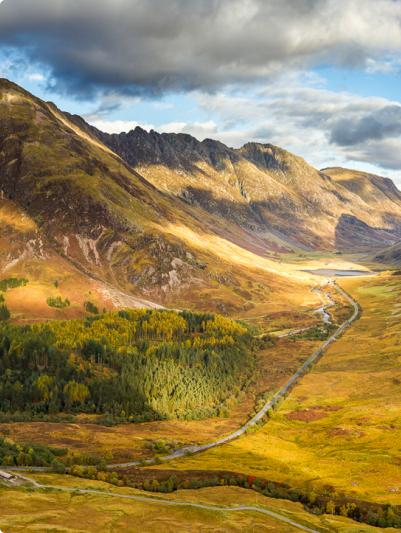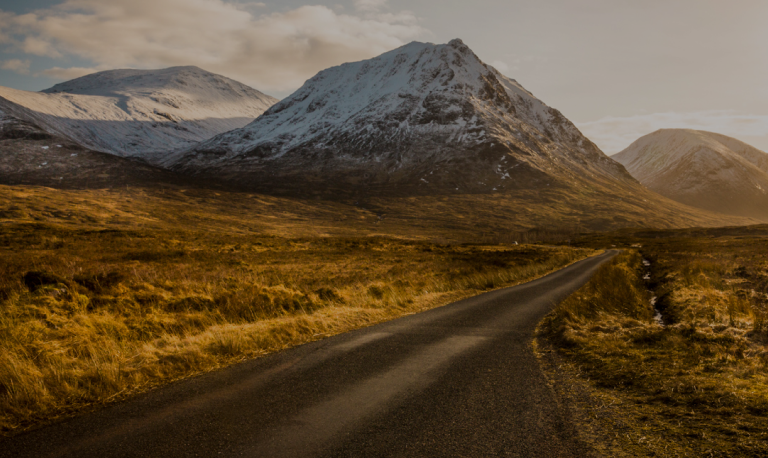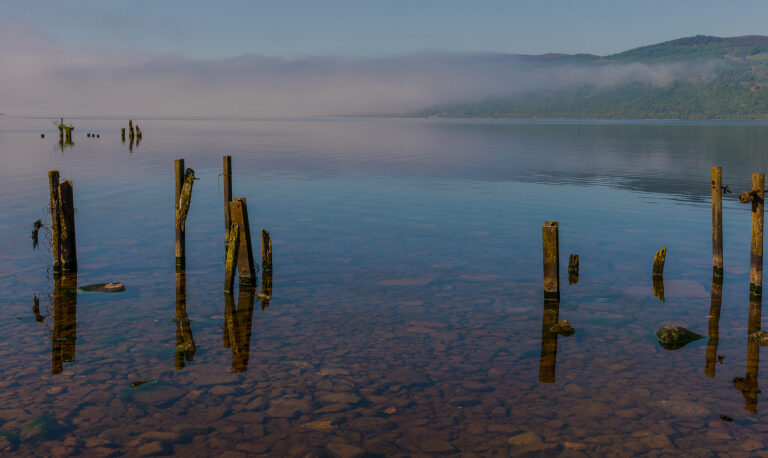The Essential Guide to Visiting St Kilda, Scotland
Nestled on the western edge of Scotland, the remote archipelago of St Kilda beckons adventurers with its breathtaking landscapes, rich history, and unique wildlife.
If you’re seeking an off-the-beaten-path travel experience, St Kilda should be at the top of your bucket list.
How do I get there?
Surrounded by the tumultuous waters of the Atlantic Ocean, access to St Kilda is limited. You can reach the archipelago by taking a boat from Harris, Lewis or Skye, where tours run between April and September if the temperamental weather allows. We would recommend setting aside a few possible departure dates so that you can be flexible.
Most operators will require you to book far in advance and be available on at least 2 days, just in case a trip has to be cancelled due to adverse weather conditions. Typically, tours allocate approximately 5 hours for visitors to explore the islands.
View this post on Instagram
Weather considerations
St Kilda’s weather can be unpredictable, so come prepared for swift changes. Make sure you pack appropriate clothing layers, including waterproof and windproof gear. Bring a comfortable rucksack for provisions and always carry sunscreen as you never know what conditions you’ll encounter. Wear comfortable walking shoes to fully enjoy exploring the island on foot.
Another top tip from the Absolute Escapes team is to bring some sea-sickness tablets for the boat journey. Despite calm waters during departure, conditions may change drastically by the time of your return trip.
View this post on Instagram
Embrace the natural wonders
From the vantage point of the boat, keep an eye out for marinate life on the way out and back. The waters around St Kilda are teeming with captivating wildlife, including dolphins, seals, basking sharks and majestic whales. As the vertical cliffs drift into view, the overwhelming sound of thousands of seabirds greets you with a captivating spectacle.
St Kilda is renowned for its thriving seabird colonies and rich biodiversity, with puffins, gannets, fulmars, guillemots, and razorbills. To truly appreciate their beauty and to observe them in their natural habitat, don’t forget to bring binoculars with you. You’ll be grateful for the close-ups.
It’s awe-inspiring to think of the people who survived here for centuries, scaling these treacherous cliffs barefoot to gather eggs with only a rope around their waist for safety. Today the seabirds are protected as conservation work attempts to preserve the delicate ecosystem.
View this post on Instagram
Ghost town
Upon arrival on Hirta, the primary island of the St Kilda archipelago, you will be briefly met by a National Trust ranger and then you can start exploring your surroundings. The unique landscape bears evidence of over two millennia of human habitation and is a designated UNESCO World Heritage Site.
A brief stroll away, the abandoned village of Hirta awaits with its fascinating history. Once the home to a resilient and close-knit community, the remaining ruins serve as poignant reminders of the past as people adapted to the challenging environment before the last residents were evacuated in 1930. One of the houses, No 3 on the only “street” on St Kilda, has been turned into a museum and is operated by the National Trust for Scotland.
Life on St Kilda would have been shaped by the harsh environment and isolation from mainland Scotland, with only limited contact with the outside world in the form of passing ships and sporadic visits by government officials.
In the dark winter months, an iron wall of waves would have gone up around the volcanic islands, as storms blew in, making leaving impossible.
View this post on Instagram
Hiking opportunities
From the lost village, embark on a picturesque hike that unveils awe-inspiring cliffs, undulating hills, and stunning panorama vistas. The impressive summit of Conachair, the highest point on St Kilda (at 1569 ft), can be reached within two hours of steep uphill walking. You’ll be rewarded with unforgettable views, with the westernmost island of Soay in sight and Boreray and its magnificent stacks on the horizon.
The highest sea cliffs in the UK can be found here, plunging down vertically just north of the summit, home to spectacular bird colonies. Take a moment to identify the rusty hooks left behind by the St Kildans, used to fix the ropes while climbing downhill. A stark reminder of how dangerous it really was to hunt and gather for food on these inhospitable islands.
Take a moment to enjoy the expansive view. On a clear day, you may glimpse Lewis or Harris, but the vast feeling is one of solitude. A drop in the ocean, quite literally.
View this post on Instagram
Overnight stays
Unfortunately, overnight stays in accommodation on St Kilda are not permitted due to conservation efforts. However, there is a small campsite: a field enclosed by a stone wall, which must be pre-booked. You’ll also find public toilets and drinking water.
There are no shops or cafes, so it’s essential that you bring food and drink with you. There are no permanent residents on St Kilda today, but the MoD missile-tracking station on Hirta is operated by about 20 people. Please note there is no mobile phone reception.
We recommend taking some money with you, so you can buy and send an official St Kilda postcard from the small souvenir shop. Traditionally, ‘mail boats’ were used by hopeful residents, who would enclose letters in waterproof canisters and let them drift out to sea. Launched with a sheep’s bladder as a float and with the help of the North Atlantic current, the letters would reach such destinations as mainland Scotland, the Outer Hebrides, and sometimes even Norway.
View this post on Instagram
Best books to read
Another great tip from the Absolute Escapes team is to immerse yourself in the history of St Kilda before you go, so you can gain a deeper understanding of the island’s past and the factors that shaped its unique culture. It will not only help you appreciate how hard it was to survive on these wild islands, but also give you an insight into the craftsmanship and resilience of the people.
We have included a selection of our favourite novels below:
- The Last Summer by Karen Swan
Having recently finished this turn-pager myself, I can’t recommend it enough. Follow in the footsteps of young Effie Gillies, as she leaves her home of St Kilda behind forever in search of a new life, only to find that the crimes of her past have followed her.
- The Lost Lights of St Kilda by Elisabeth Gifford
Another instant hit, this haunting love story is set in the last poignant years of life on St Kilda and in war-torn Europe in the 1940s, jumping between time zones and weaving them together beautifully.
- Island of Wings by Karin Altenberg
A vivid and enthralling story of 19th century Scotland in the wilds of St Kilda, following a minister and his wife, as they set out to civilise the inhabitants, and in turn discover that marriage can be as treacherous as the land that surrounds them.
View this post on Instagram
Saying goodbye to St Kilda
As you depart, don’t miss the opportunity to see the islands fading into the distance. This is the same poignant view witnessed by the last 36 remaining St Kildans as they bid farewell to the only home they had ever known. By the early 20th century, disease and emigration had reduced the population significantly, and in 1930, after nearly 2,000 years of continuous settlement, the British government granted them evacuation.
It’s incredible to watch the massive cliffs disappear into nothing as the boat pulls away. How would the people of St Kilda come to think of their own island community? A source of fascination for so many of us, looking for another adventure at the edge of civilisation, but a home for a small group of resilient people living in one of the most remote places on earth. Would nostalgia bring them back or was St Kilda lost forever?
View this post on Instagram
Ready to go?
While Absolute Escapes doesn’t organise boat tours to St Kilda, they can easily be combined with a Hebridean Island Hopping holiday.
If you’re looking to plan a Hebridean escape with an edge, please get in touch and our Travel Specialists will be delighted to assist you.
Sine Birkedal Nielsen
P.S. Keen to find out more about visiting Scotland’s spectacular Outer Hebrides? Check out our Ultimate Guide to Visiting the Outer Hebrides


